How to get rid of items after a declutter — 3 ways to get your unwanted stuff out of your home
Ready to part ways with some items, but unsure what to do with them? Here's the expert advice you need


Many of us use New Year as the perfect opportunity to sweep our homes of unwanted items and have a general organise. Knowing how to get rid of items after decluttering is one of the most important steps in the process of creating a clutter-free living space.
The biggest decluttering mistake you can make is not getting rid of items immediately. If you're not sure how to get rid of things or choose the wrong disposal method, you'll end up with piles of unwanted items that slowly re-clutter your house. There's no point sticking to a good decluttering schedule in 2025 if everything will sit in a bag by the front door for months.
Like there are multiple decluttering methods, there are three easy ways to get rid of items after decluttering: selling, donating, and recycling. It's important to understand what each entails before committing to that method post-declutter. Here is everything you need to know about how to get rid of items swiftly and easily.
1. Sell items on
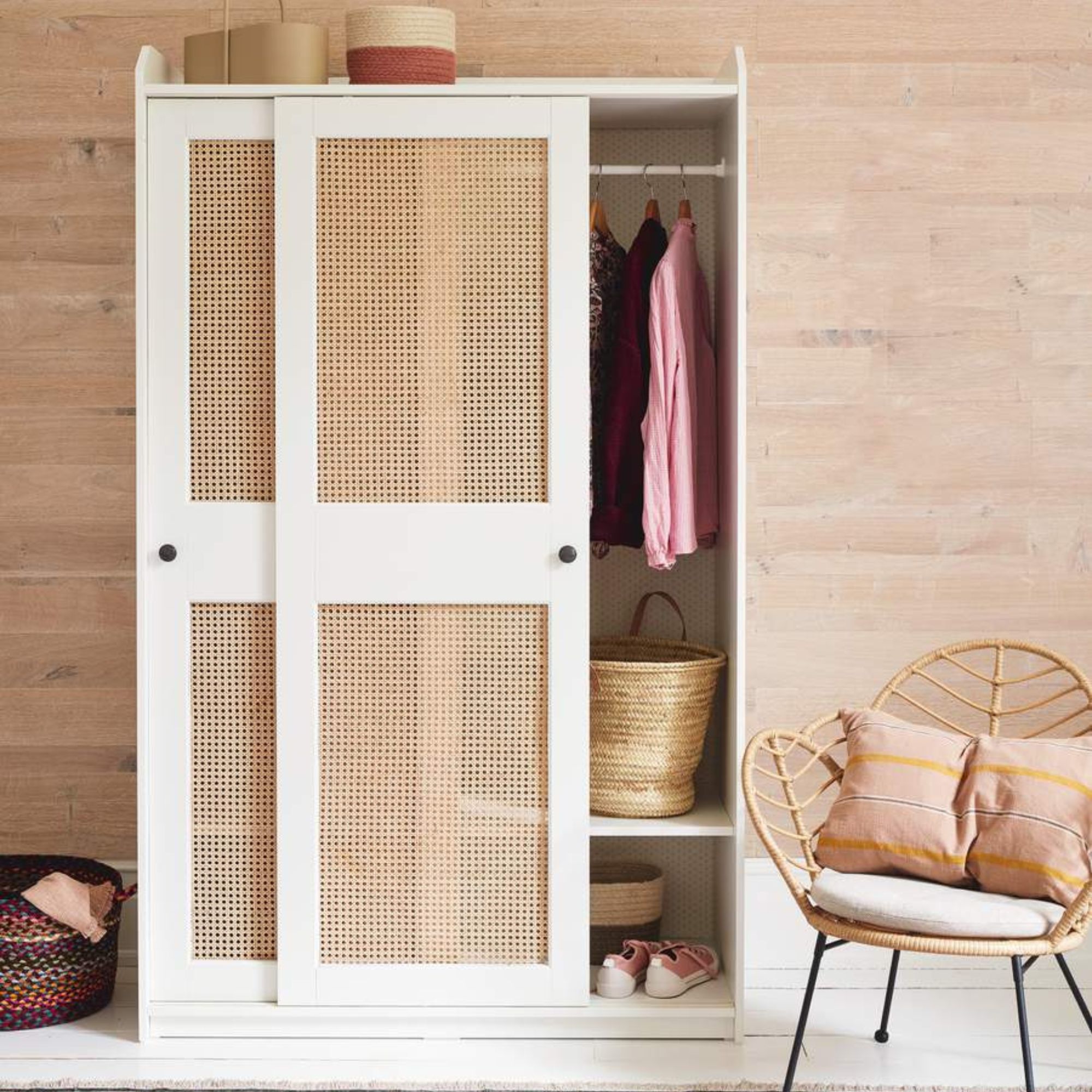
Thanks to hacks like the Smartphone decluttering method and the 'One Bag A Day' rule, you may have decided to part with items that are in perfectly good condition, but no longer serve you and your home.
Second-hand selling platforms like eBay, Vinted, Facebook Marketplace and Gumtree are an ideal way to give these items a new lease of life while earning you an extra bit of pocket money. Just make sure to always be transparent about the condition of the item you're selling.
However, be aware that selling items isn't instant and it can take months for items to be sold. This disposal method is best suited if you are organised enough to list the items immediately and have the space to store the items while you sell them. If you are planning a larger-scale declutter and need the items out of the house immediately attending a local car boot sale is another option.
2. Donate them to charity
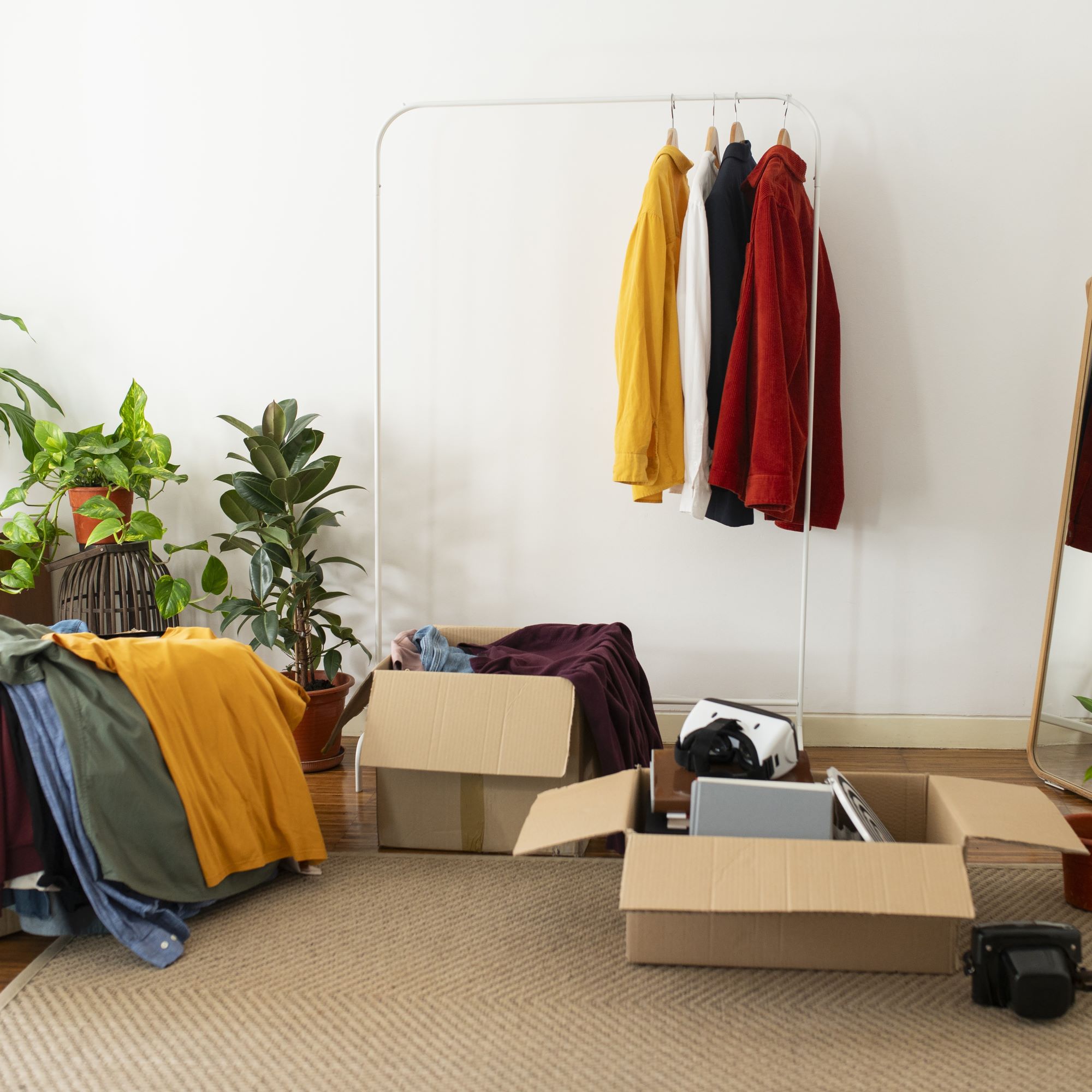
Donating to charity shops is one of the easiest methods of getting rid of items after decluttering. You can either drop items at the charity shop or many charities offer collection services from your home.
Our Deputy Digital Editor, Rebecca Knight, uses Anglo Doorstep Collection to donate items after a declutter. 'I don't have a car so the doorstep collection was a really easy way for me to quickly and easily donate items after a big clear out,' she says. 'All you do is register for a collection for one of the days they'll be in your local area and leave the items in a box or bag clearly labelled on your doorstep. You don't even need to be at home for the pickup.'
When donating to charity there are of course a couple of etiquette pointers to consider. Firstly, don't donate items that are no longer wearable or usable. If it's damaged, broken, or stained, then it's going to have little to no monetary value, and charity shops aren't expected to dispose of these items for you. Secondly, it's a good idea to ring ahead and check that the shop is currently accepting donations or they might have a list on their website. Charities are often inundated with stuff, so they'll frequently have to stop taking certain items they already have an excess of, like books or CDs.
Donating furniture
For larger items like furniture, it's worth ringing around local schools, hospitals, and other public places if a charity shop can't take them. 'Several organisations could use unwanted items from your home or office after decluttering, and the organisation will often come and pick up gently used items, including furniture and appliances,' Holly Oldham, founder of Pause Reflect Move Forward says.
3. Responsibly recycle
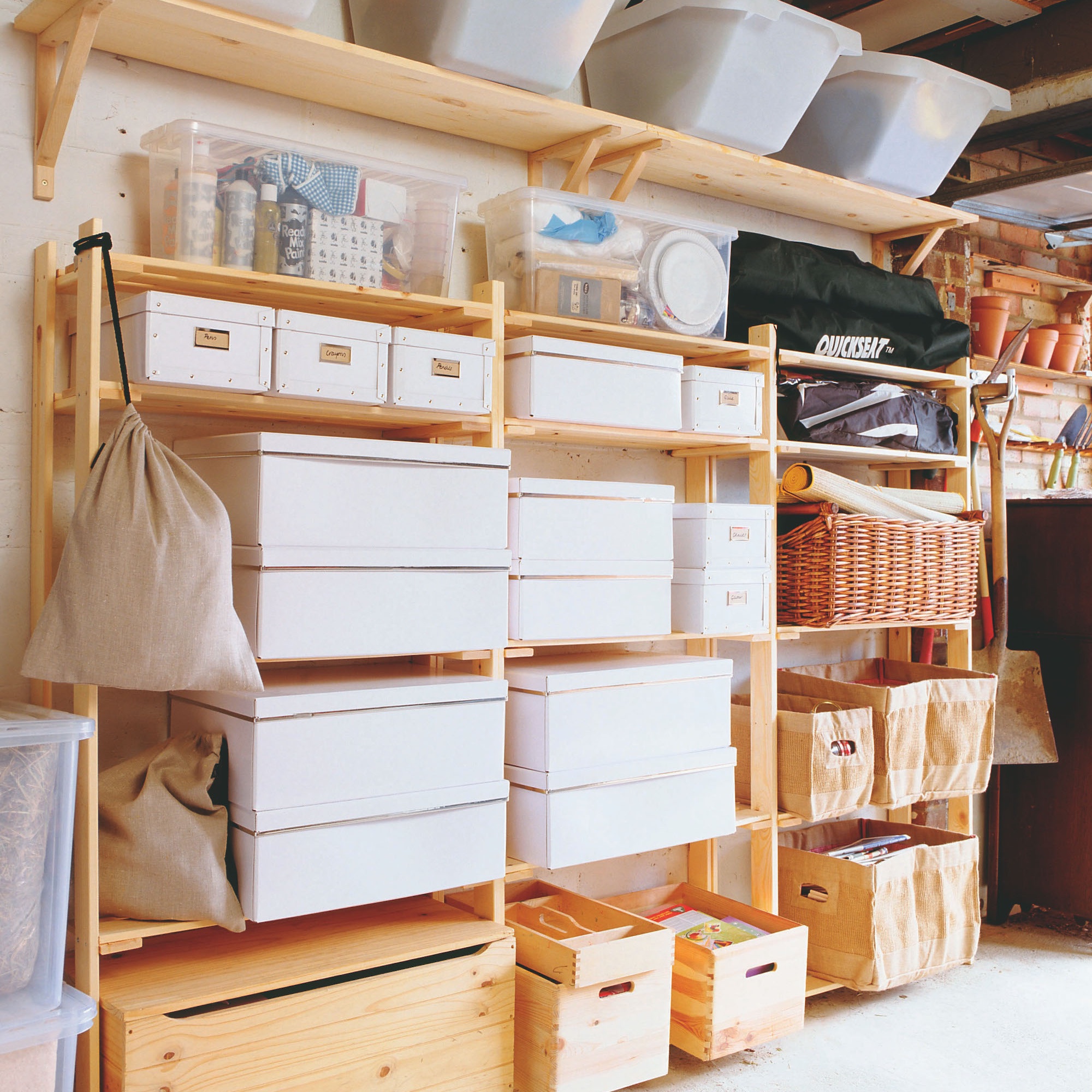
For items that are no longer usable, it's time to dispose of them via local recycling schemes. While it may be tempting to throw stuff away with household waste, this creates a big problem for landfill sites, and there are easy eco-friendly alternatives to consider instead.
Take to the tip
Research your local guideline's recycling guidelines before you turn up to the tip, to see what they do and don't accept. Textile items like pillows can be recycled at most centres, as can electrical items, such as old vacuum cleaners (you can find your nearest drop-off point for the latter category via Recycle Your Electrical).
'Place unwanted items in biodegradable bags or storage totes, if possible, to make the transfer of items more manageable,' Holly advises. 'This will also protect them from the weather should items need to be left outside.'
Arrange a collection
If you don't have a car or for larger electrical items you can book a bulky waste collection with your local council. The cost of this will vary between councils.
Find a take back scheme
Many retailers including H&M, Dunelm and B&Q all now run take back schemes to help you recycle clothes, plant pots and even bedding. Some of them even offer vouchers in return for your old items. Here are just a few of the ones you can try on the high street:
- Dunelm Take Back Scheme - You can post or drop off old clean textiles at Dunelm to be recycled, they will also take back old electricals after a new purchase.
- B&Q recycling scheme - You can recycle electricals, batteries and more in-store or organise a collection.
- H&M - Hand over old clothes for recycling in-store in exchange for a gift voucher to spend.
- John Lews Beauty Cycle - Drop off clean empty make-up containers and receive a voucher to spend on beauty.
FAQs
How to decide whether to donate or recycle a used item?
If you're considering whether to donate your items to a charity shop or dispose of them ask yourself if you'd be happy to buy it or own it in that condition. A run in the thread or missing button, if a spare is attached, is ok, but any stains should be avoided and make sure you have washed the item before sending it in.
'I worked at a charity shop sorting through clothes to choose what went on the shop floor and what was sent to textile recycling,' says Ideal Home's Deputy Digital Editor Rebecca Knight. 'Anything with stains and holes was immediately ruled out as they wouldn't sell. But a little crumbled or worn was perfectly fine, occasionally we made exceptions for a tiny hole in a designer item.'
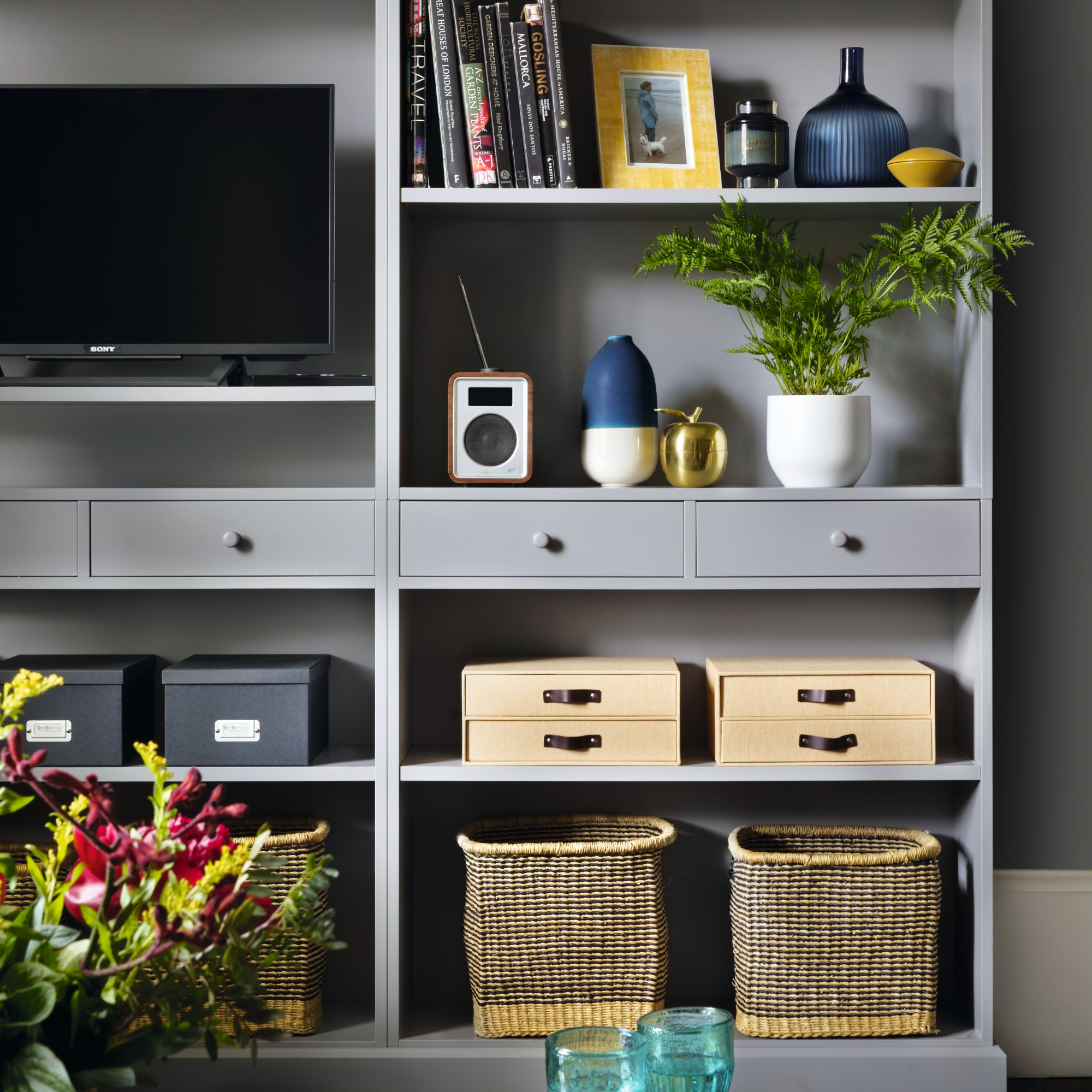
'Charity shops are in the business of raising money for good causes but you do also need to consider that they will be re-selling your items to members of the public, who need to be prepared to pay money for your items,' says Susie Boatal, decluttering expert at A Space for Living. 'You should therefore not give broken, out of date, or over-used items to charity shops.'
There are also certain things that shouldn't be donated for hygiene or safety reasons. For example, you can't dispose of old duvets via charity shops, and the same applies to opened toiletries and make-up.
'Used lingerie, underwear, and adult toys aren’t recommended for donation,' says Holly Oldham says. 'However, bras are expensive and are appreciated amongst thrifters and people looking to save money on gently used items.'
Remember, any items that are donated to a charity shop will need to have some monetary value. If you think something is truly no longer fit for purpose, then recycling it is likely the better option.
Get the Ideal Home Newsletter
Sign up to our newsletter for style and decor inspiration, house makeovers, project advice and more.

Katie has been writing freelance since early 2022, specialising in all things homes and gardens, following achieving a Masters in Media and Journalism. She started out writing e-commerce content for several of Future’s interior titles, including Real Homes, Gardeningetc, Livingetc, and Homes and Gardens. Since then she’s been a regular contributor on Ideal Home’s digital team, covering news topics, how-to guides, and product reviews.
-
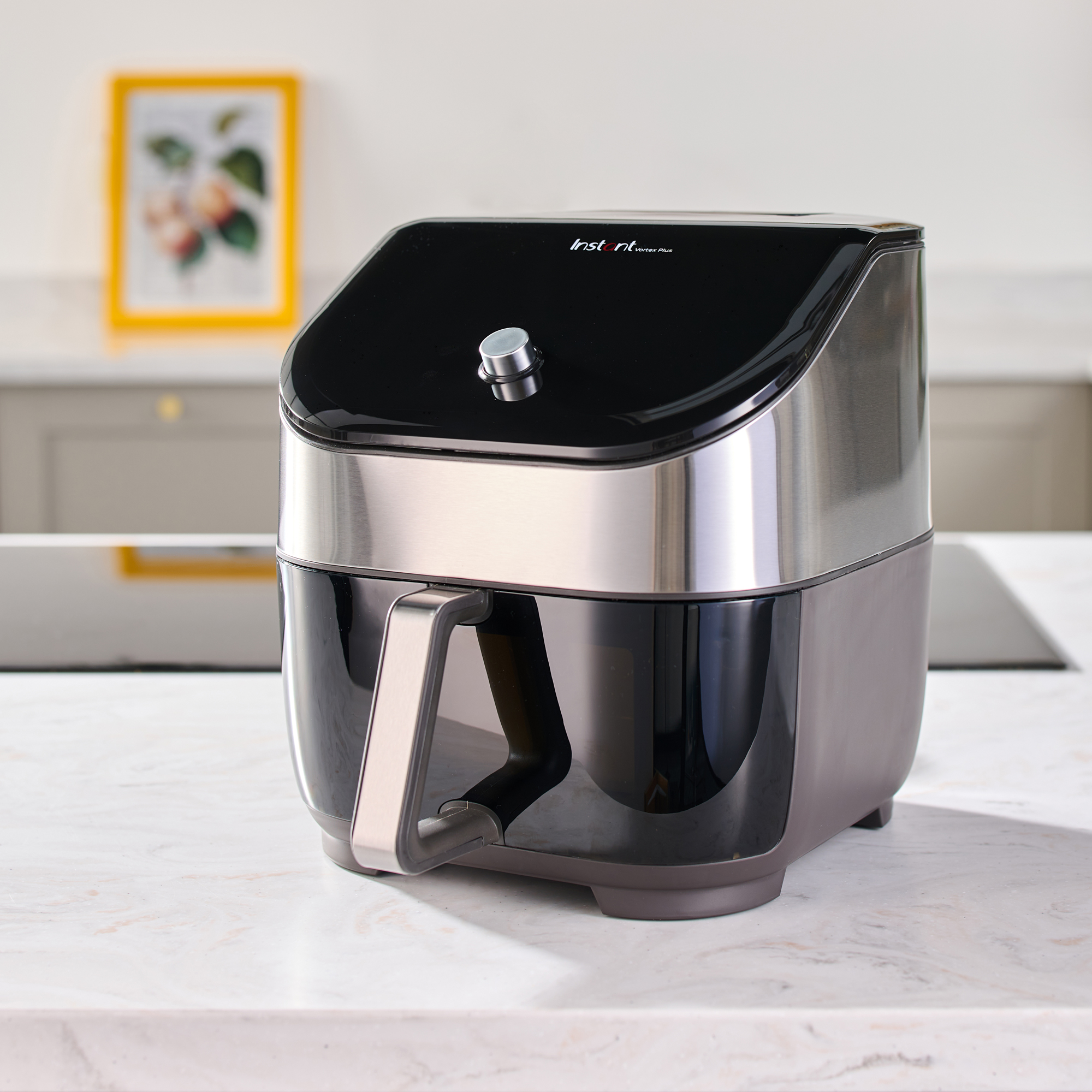 Should an air fryer be on display in a kitchen or hidden away? This is why I always keep my small appliances on the worktop
Should an air fryer be on display in a kitchen or hidden away? This is why I always keep my small appliances on the worktopAre you on team display or neatly hidden away? Share your opinion in the comments
By Rebecca Knight
-
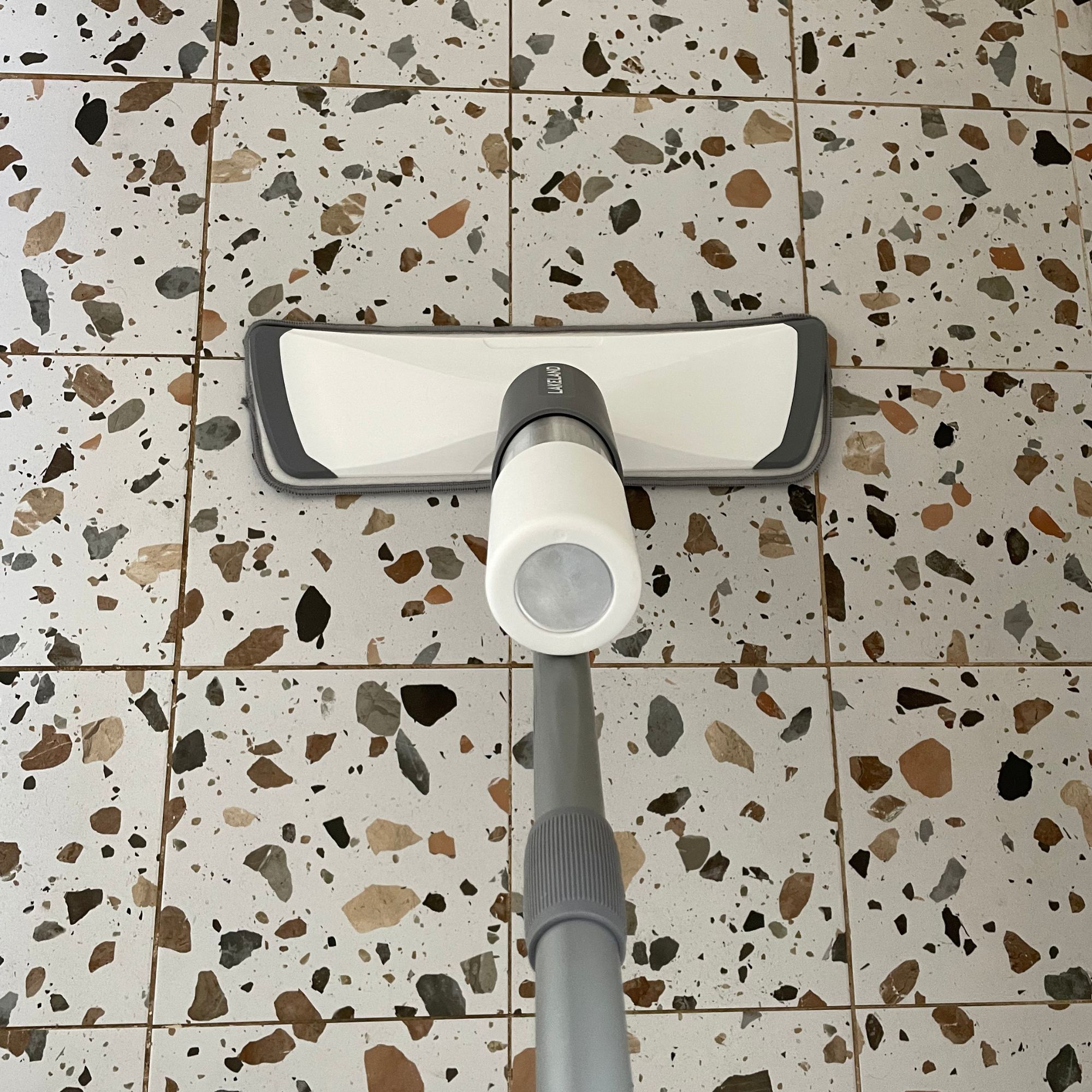 Experts warn that these 5 mopping mistakes are making your floors dirtier — and damaging your floors in the process
Experts warn that these 5 mopping mistakes are making your floors dirtier — and damaging your floors in the processThis is how to keep them clean and avoid costly damage
By Lauren Bradbury
-
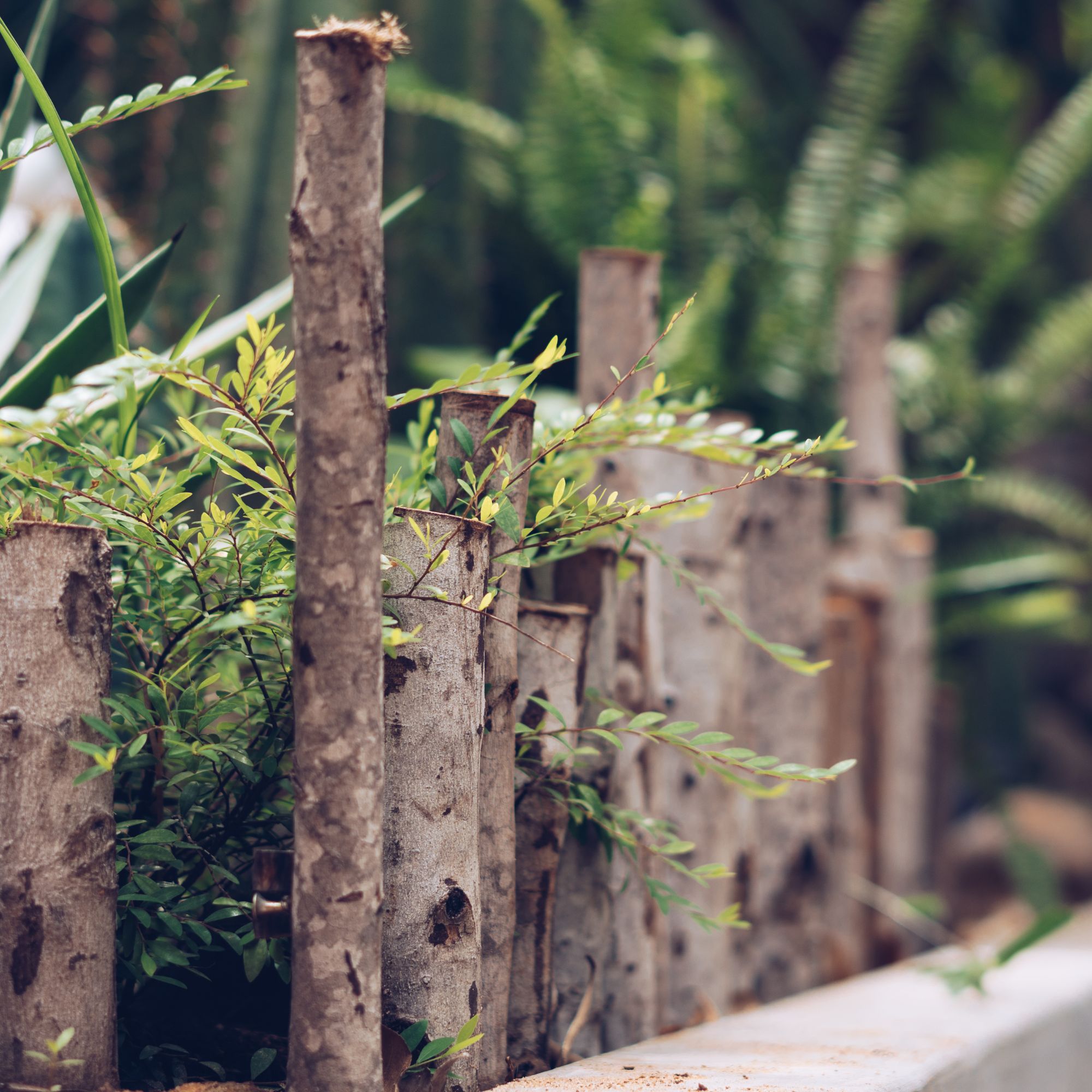 Move over, fences – dead hedges are the wild and wonderful alternative your garden will love and they're easier to build than you'd think
Move over, fences – dead hedges are the wild and wonderful alternative your garden will love and they're easier to build than you'd thinkThe perfect eco-friendly solution for small gardens
By Kayleigh Dray
-
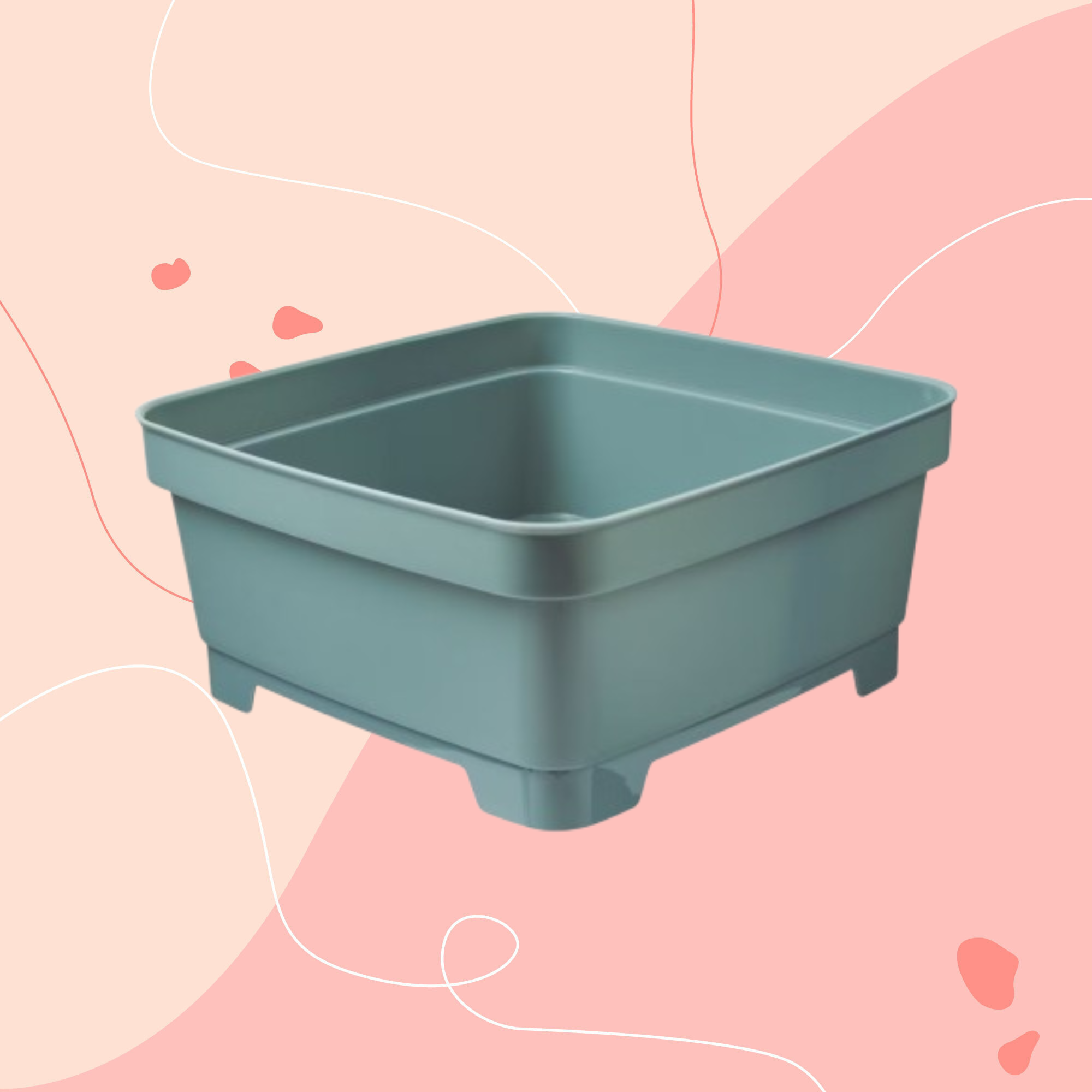 Aldi is releasing a budget alternative to the cult Joseph Joseph washing up bowl – it’s just £4.99
Aldi is releasing a budget alternative to the cult Joseph Joseph washing up bowl – it’s just £4.99The Joseph Joseph washing up bowl is an Ideal Home favourite - now we can't wait to try Aldi's alternative
By Kezia Reynolds
-
 I just bought my first home, and this £10 buy was the very first thing I bought for it to make it feel warmer and secure
I just bought my first home, and this £10 buy was the very first thing I bought for it to make it feel warmer and secureIf I did it all again, this would still be my very first buy
By Rebecca Knight
-
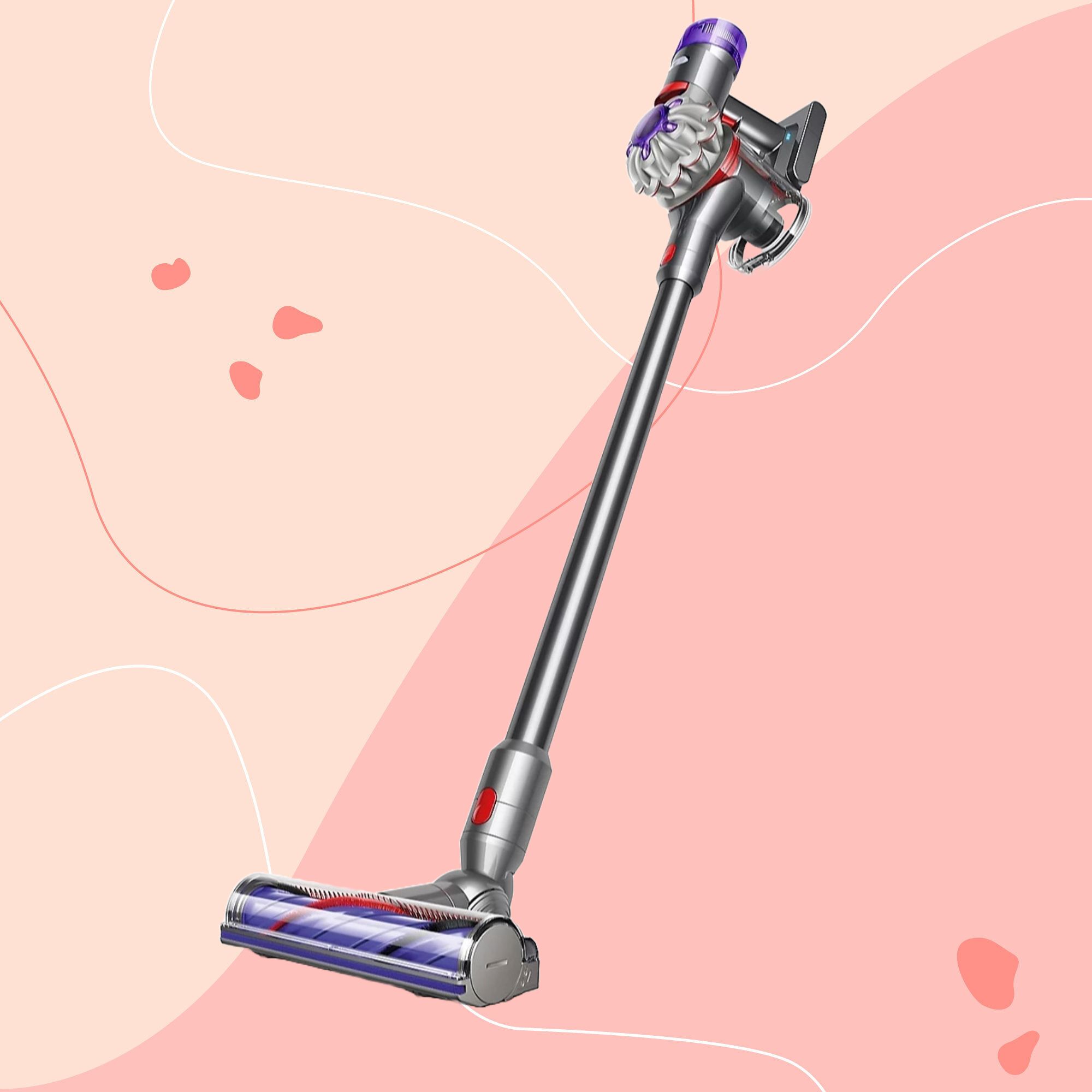 It’s normally impossible to find a Dyson vacuum for under £250 — but QVC has slashed the price of their bestselling models for a limited time
It’s normally impossible to find a Dyson vacuum for under £250 — but QVC has slashed the price of their bestselling models for a limited timeRun don’t walk to pick up the brand’s bestselling model for under £230 before it sells out
By Lauren Bradbury
-
 Catherine Zeta-Jones has revealed the cleaning product she swears by to keep her home fresh - and it’s just £8 on Amazon
Catherine Zeta-Jones has revealed the cleaning product she swears by to keep her home fresh - and it’s just £8 on Amazon'I use it on my counters. I use it on my walls. I use it on my doors. When I smell it, I know my house is clean.'
By Kezia Reynolds
-
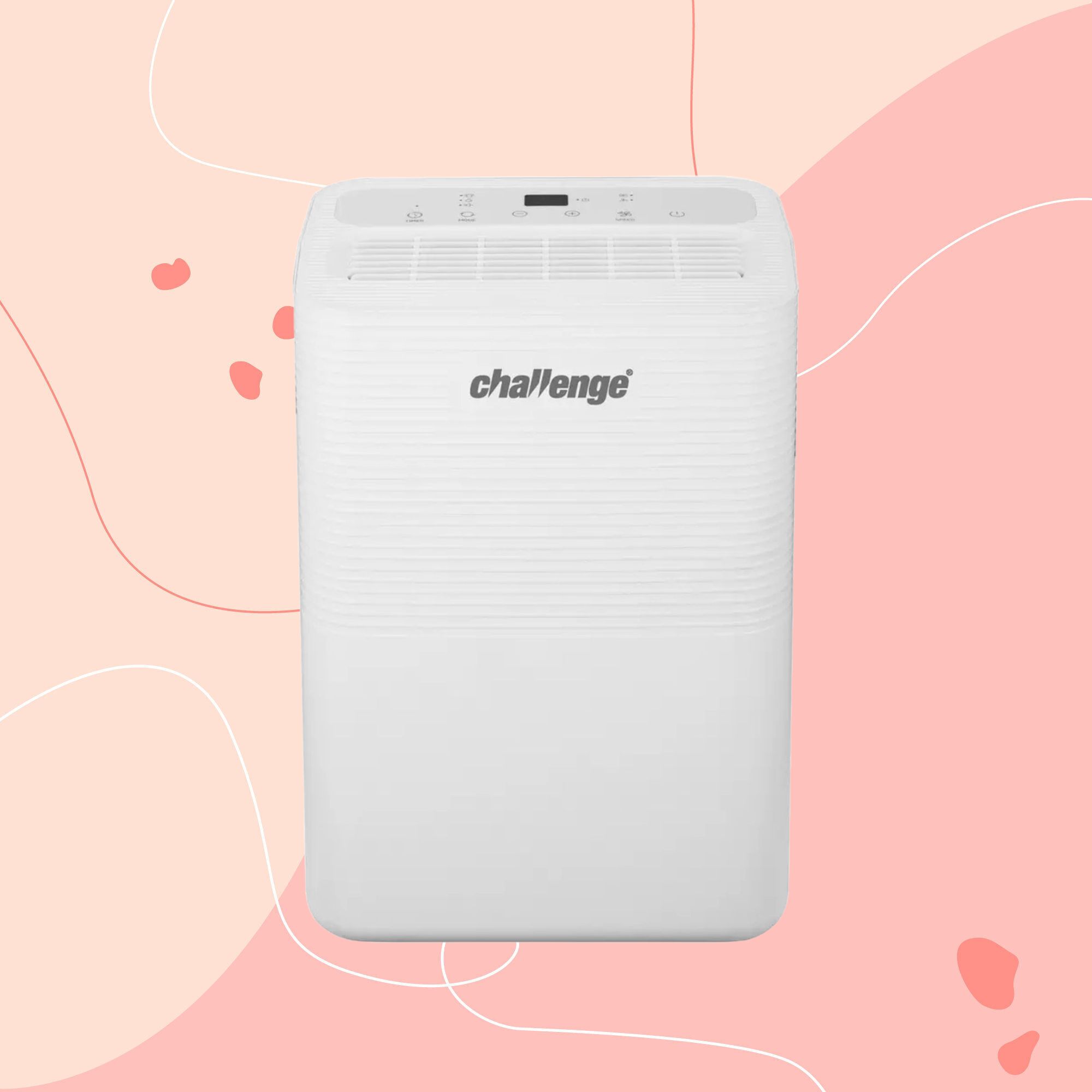 I tested the 12L Challenge dehumidifier in my damp Victorian home over winter — I haven’t spotted any signs of mould for the first time in five years
I tested the 12L Challenge dehumidifier in my damp Victorian home over winter — I haven’t spotted any signs of mould for the first time in five yearsThe Challenge 12L dehumidifier doesn’t have too many bells and whistles, but I can already see the difference it’s made to my damp home
By Lauren Bradbury
-
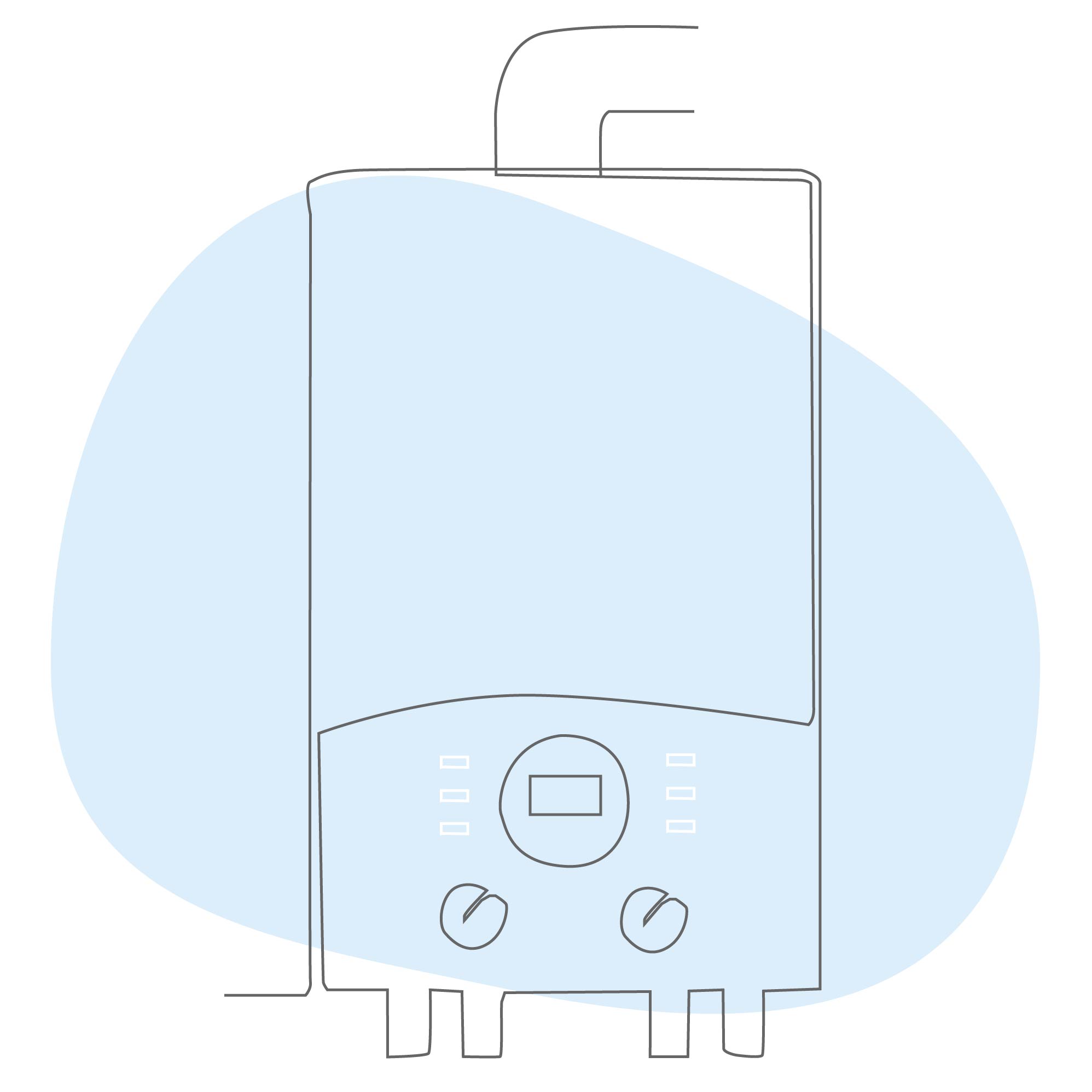 What is boiler flow temperature? Heating experts urge you to check yours now as you could be overpaying on your energy bills
What is boiler flow temperature? Heating experts urge you to check yours now as you could be overpaying on your energy billsTurning this little-known number down just a few degrees can result in some serious savings
By Lauren Bradbury
-
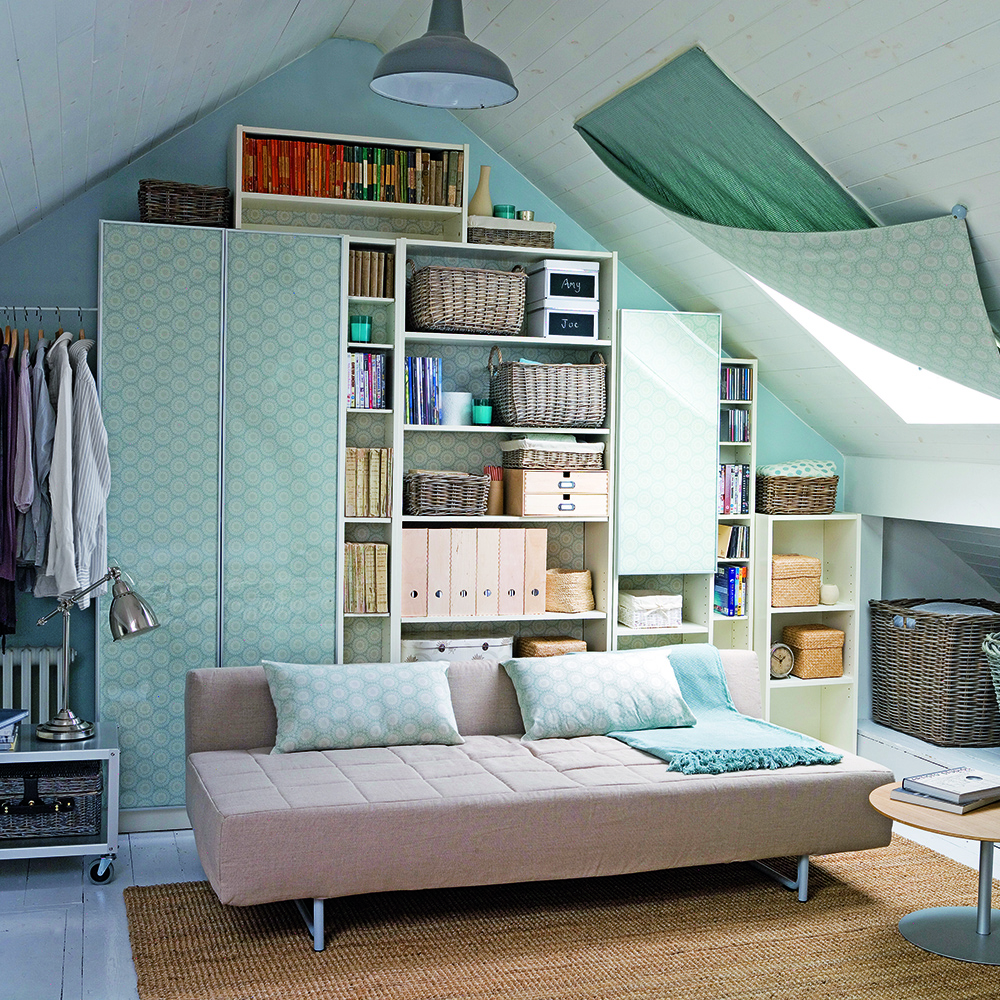 Stacey Solomon has shared 5 nifty wardrobe storage hacks to make getting ready in the morning easier — and they're genius
Stacey Solomon has shared 5 nifty wardrobe storage hacks to make getting ready in the morning easier — and they're geniusThese five wardrobe storage hacks are a gamechanger
By Katie Sims
-
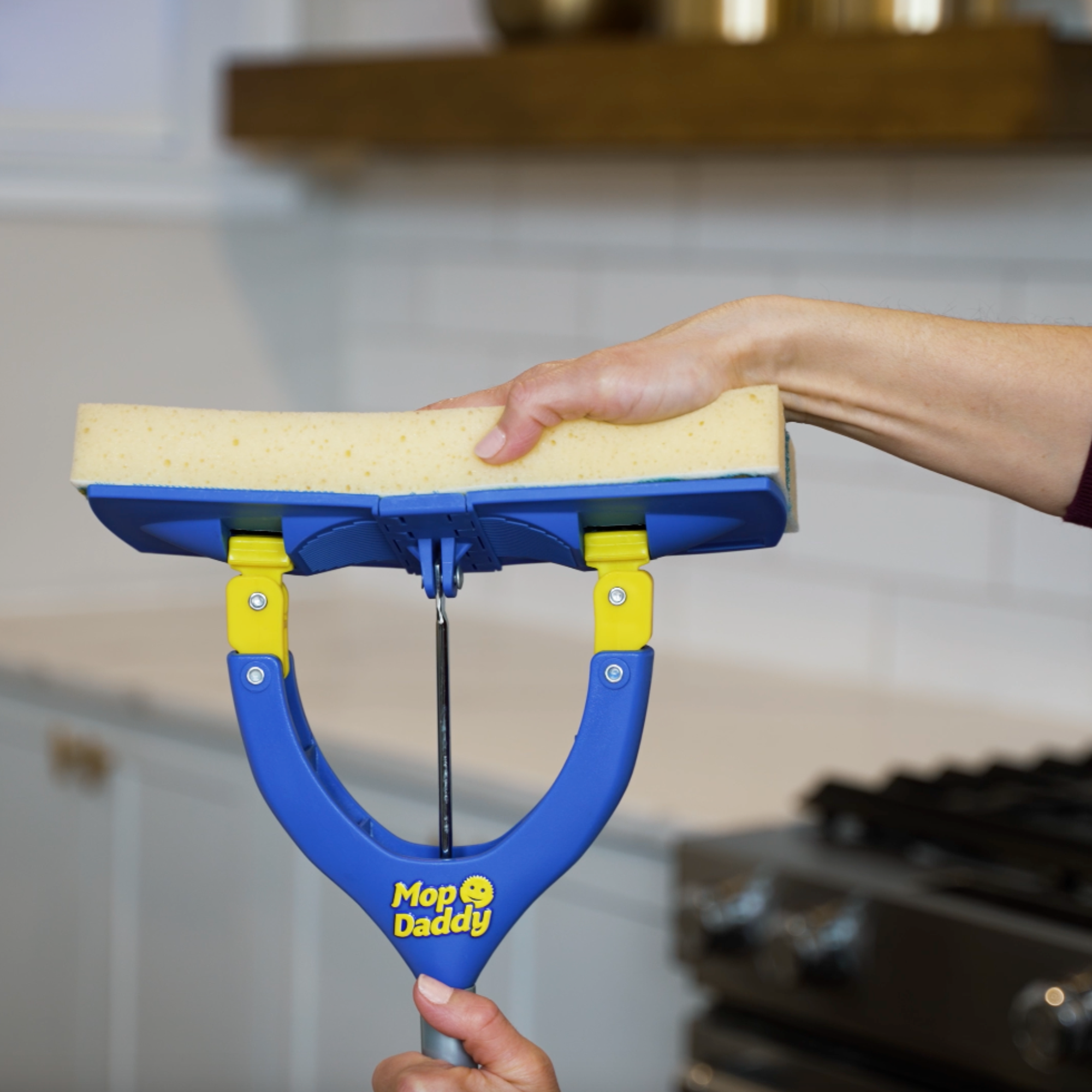 Cult cleaning brand Scrub Daddy has just launched a brand new butterfly mop — could it be the ultimate solution for banishing stubborn marks on your floor?
Cult cleaning brand Scrub Daddy has just launched a brand new butterfly mop — could it be the ultimate solution for banishing stubborn marks on your floor?We're obsessed with all things Scrub Daddy
By Kezia Reynolds